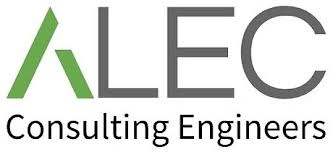Unlocking Smarter Collaboration: The Revizto + Resolve Integration for MEP Projects
The construction tech landscape just got smarter. Revizto—renowned for its real-time coordination and intuitive issue tracking—has joined forces with Resolve, a pioneer in immersive collaboration through VR and AR. This integration marks a turning point for Mechanical, Electrical, and Plumbing (MEP) teams seeking more cohesive project workflows, fewer clashes, and enhanced stakeholder engagement.
Read More































